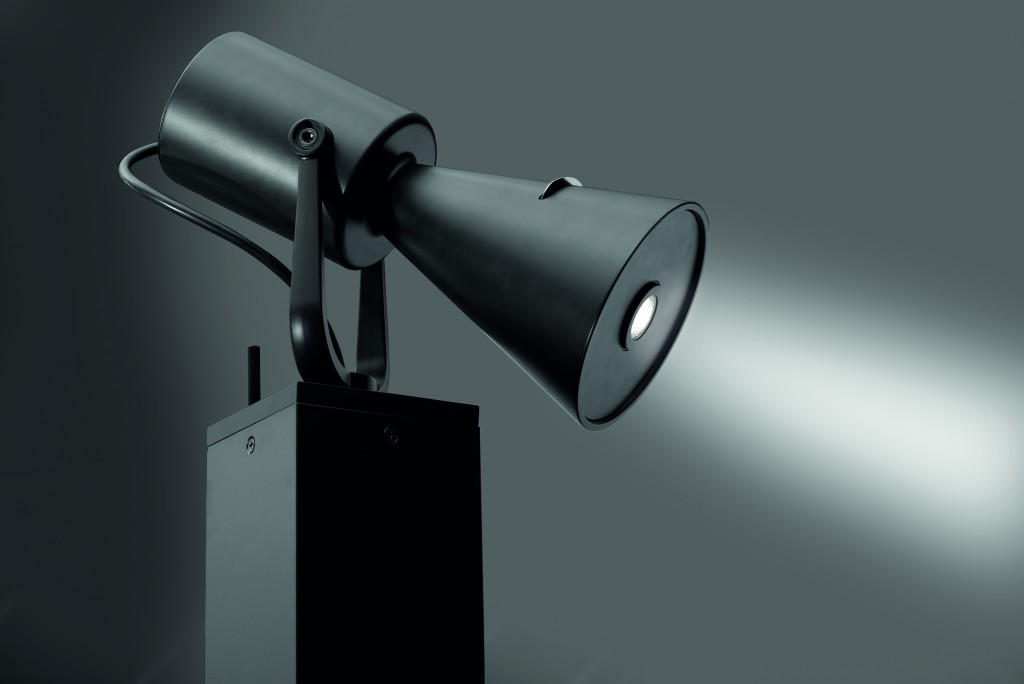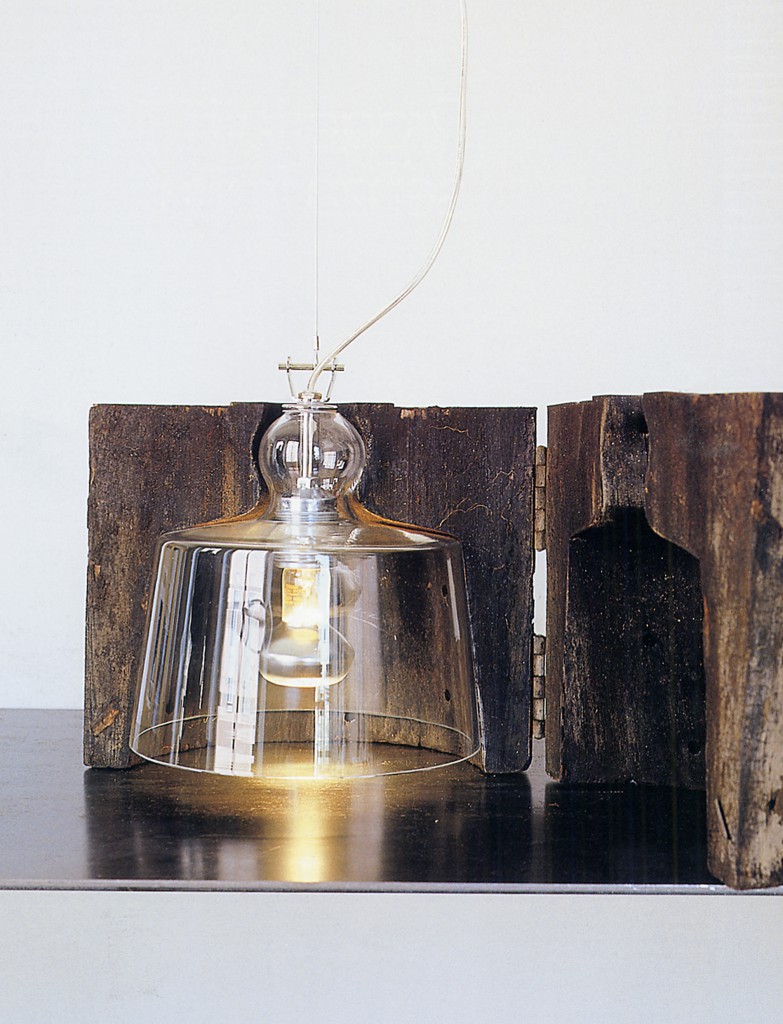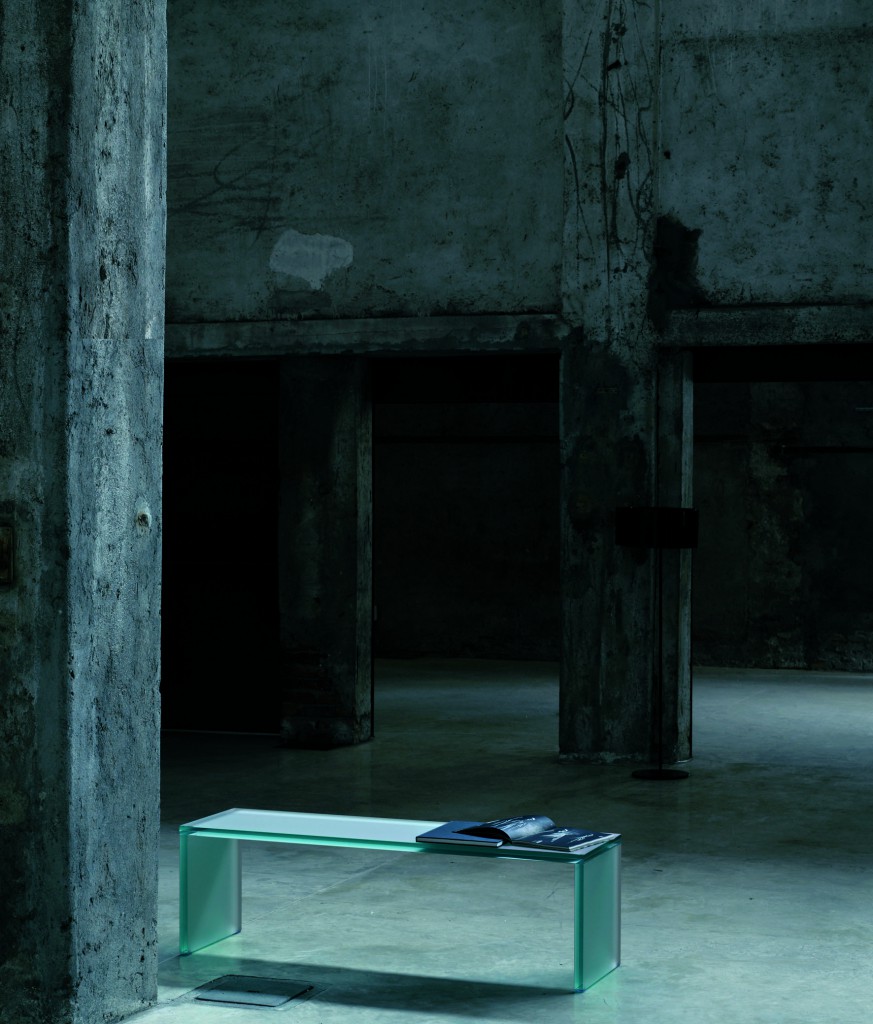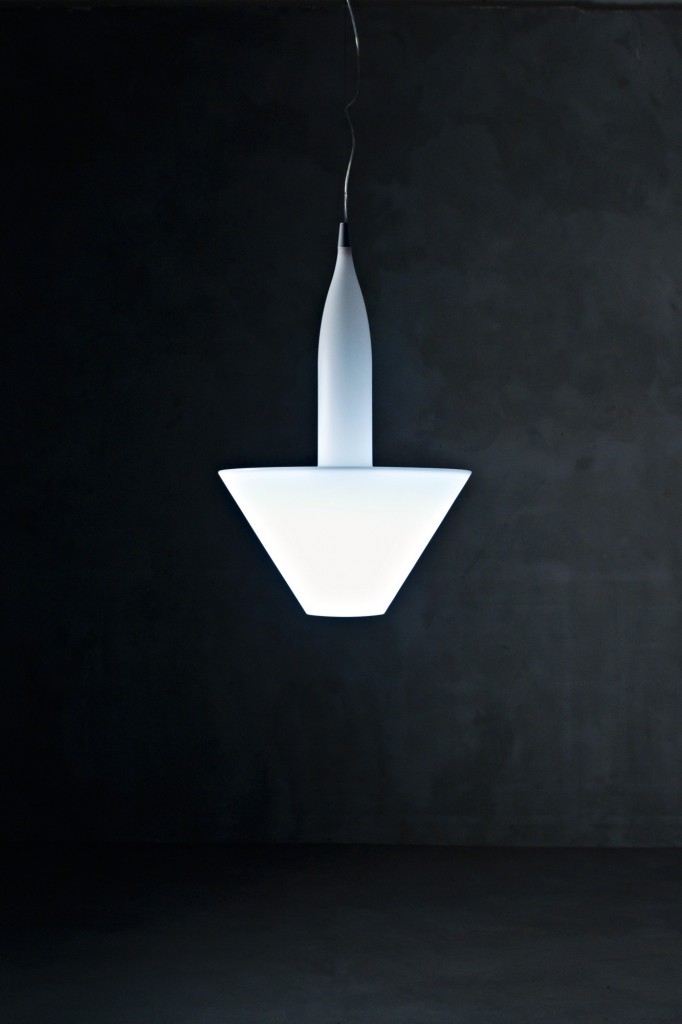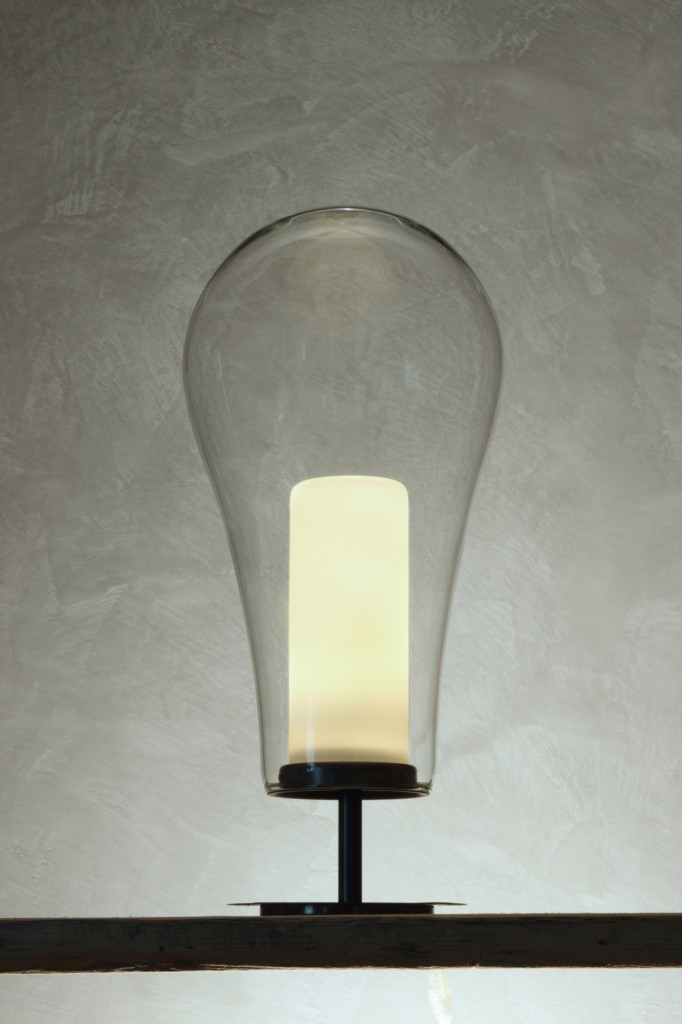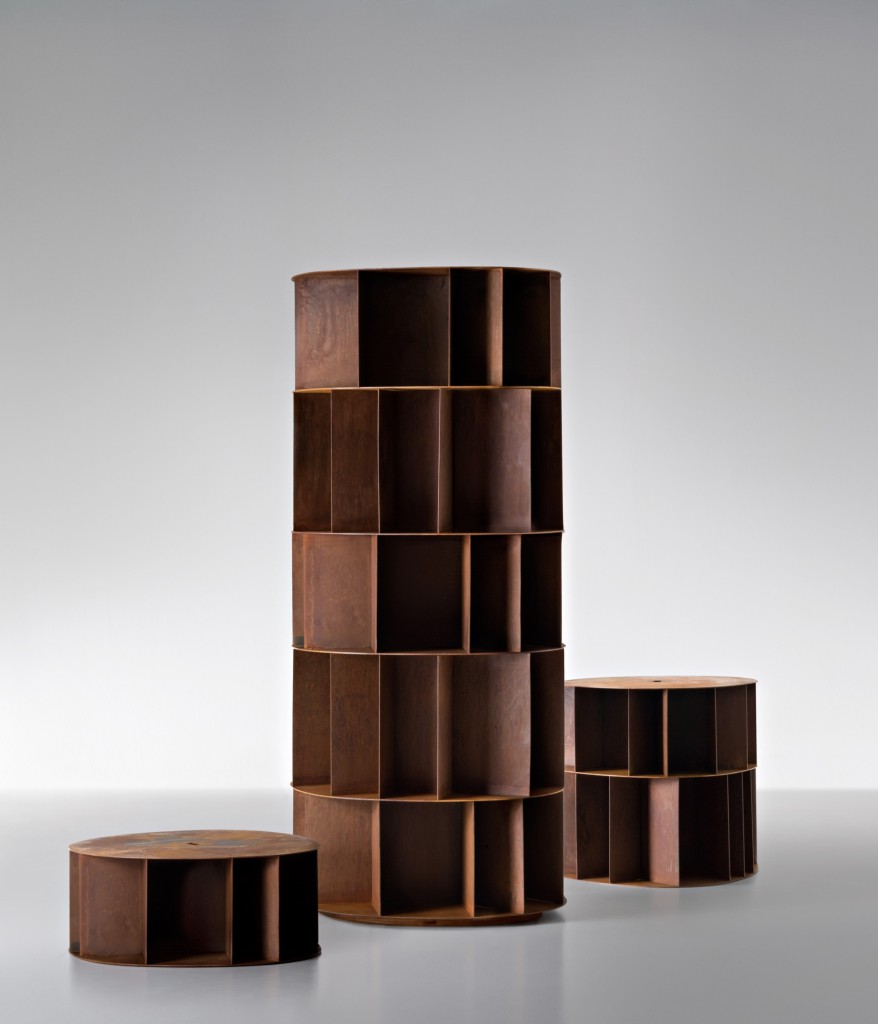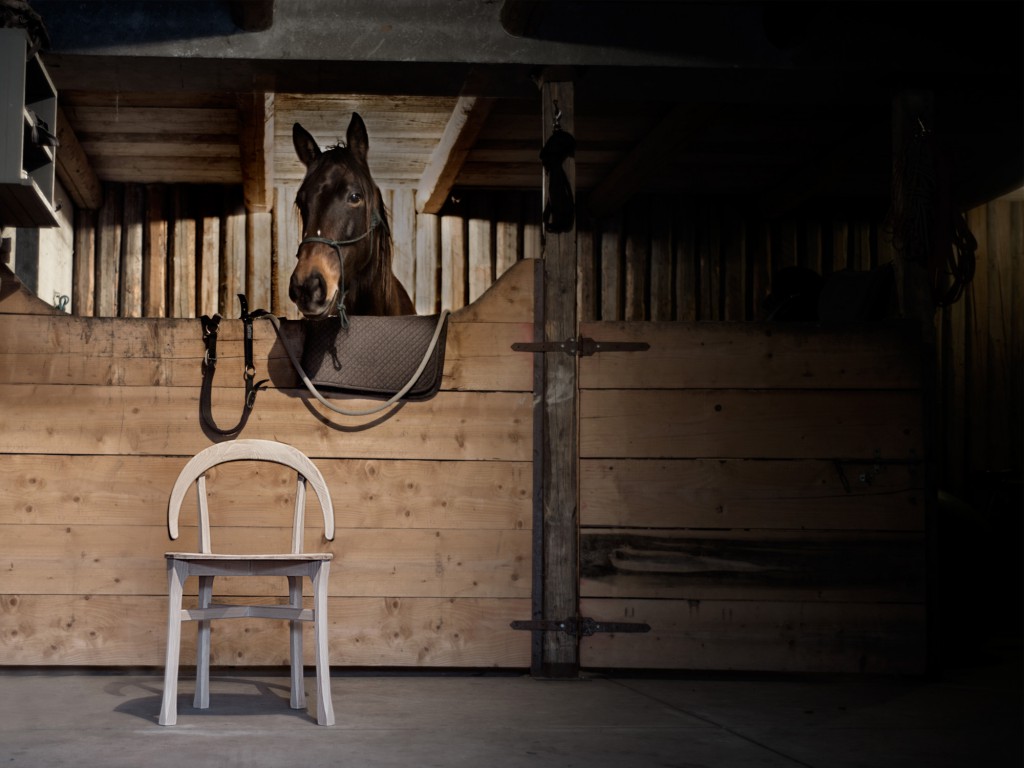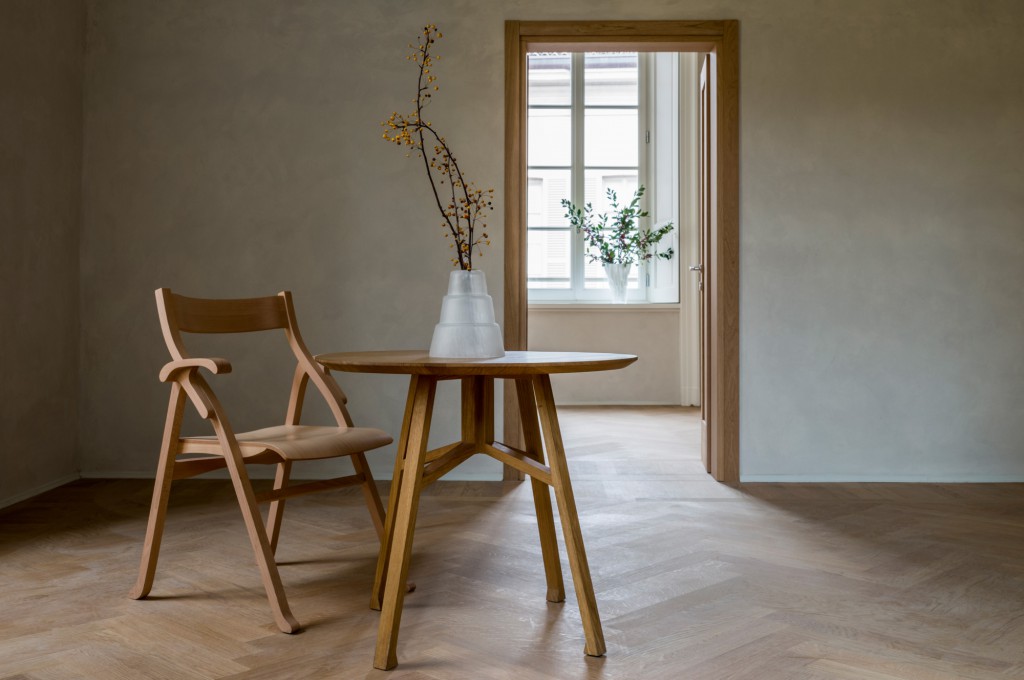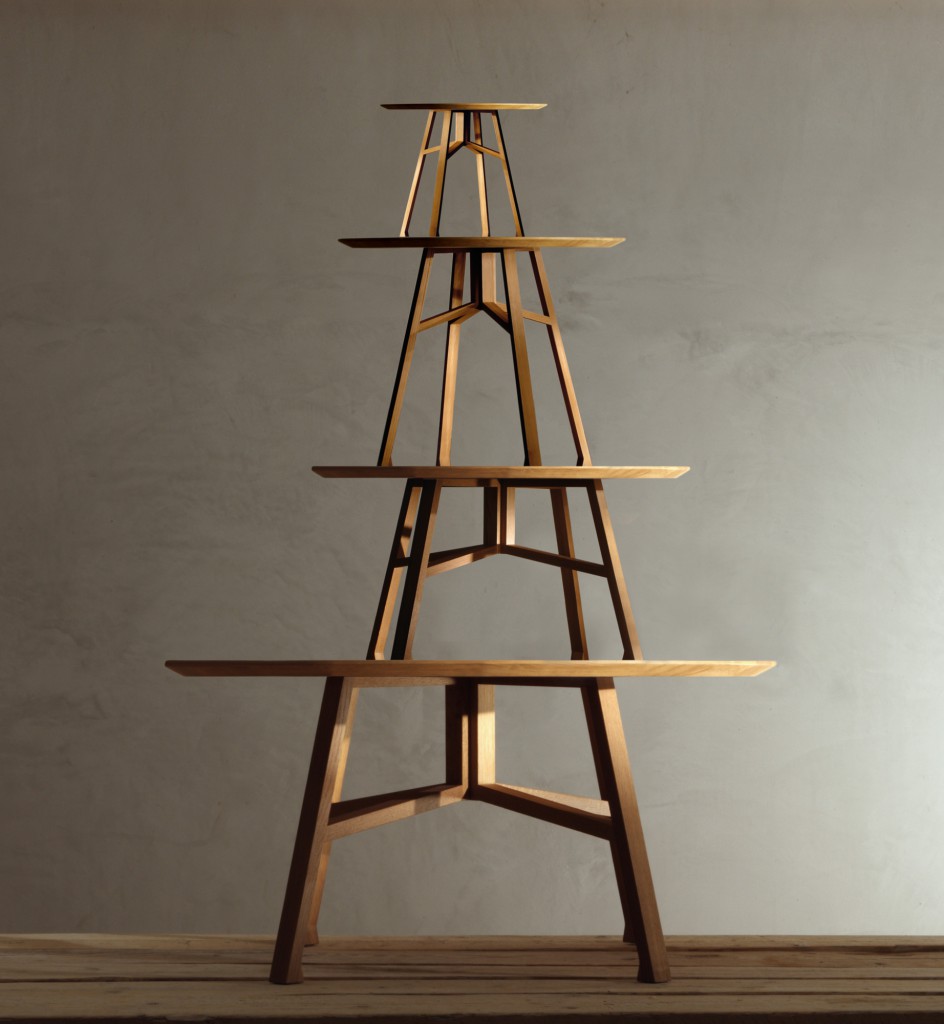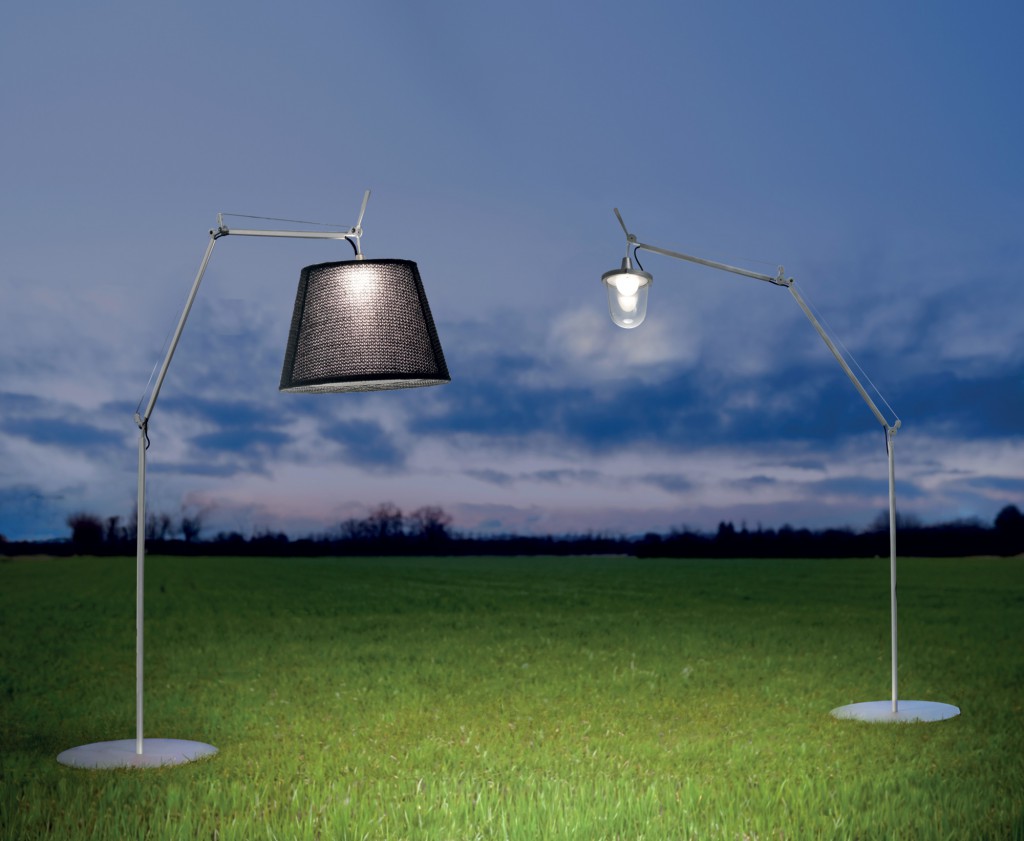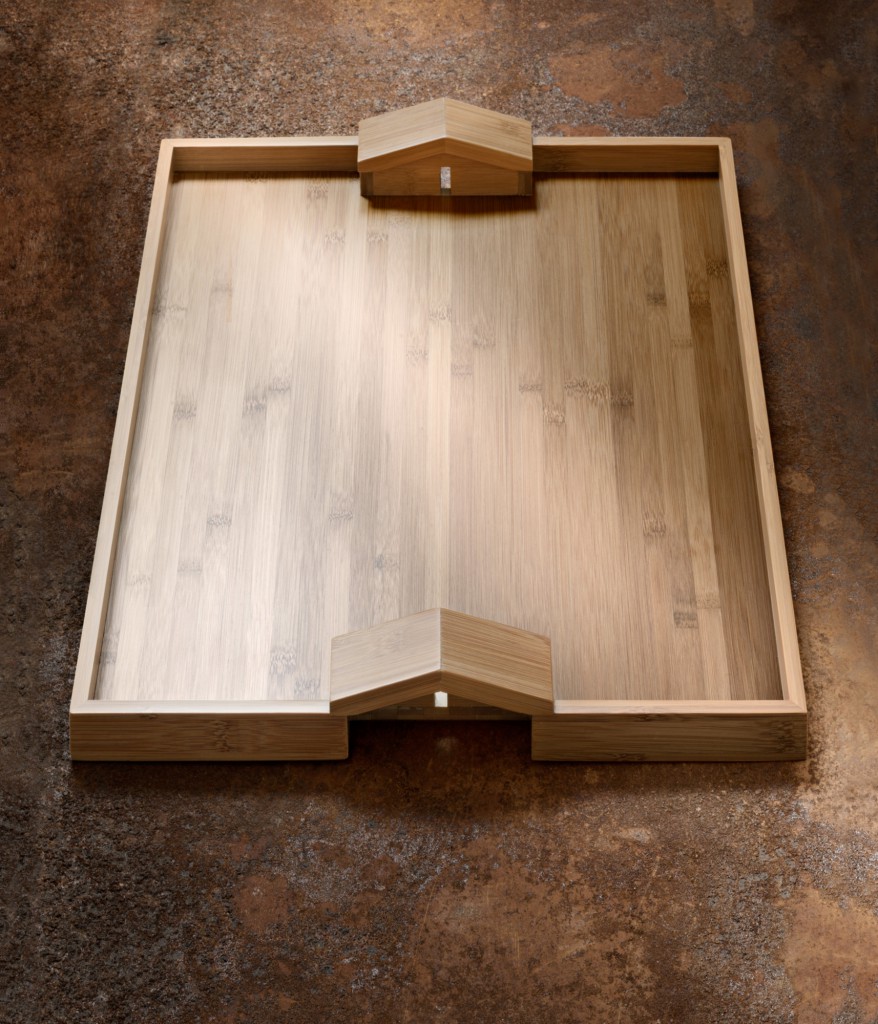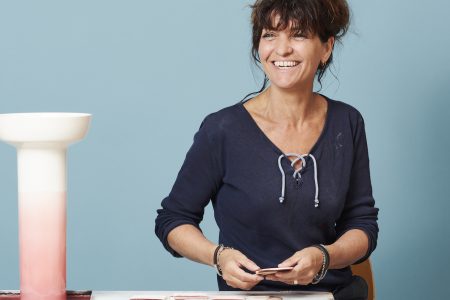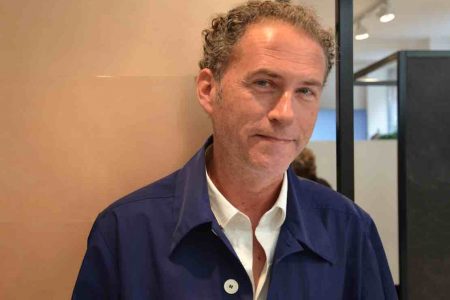
Material Tendencies: Michele de Lucchi
The work of Italian architect and designer Michele de Lucchi reflects his enquiring mind and breadth of interest. His portfolio includes a number of private and public projects in the fields of architecture, technology, design and crafts.
The work of Italian architect and designer Michele de Lucchi reflects his enquiring mind and breadth of interest. His portfolio includes a number of private and public projects in the fields of architecture, technology, design and crafts.
Architonic spoke with Michele de Lucchi at the Light + Building fair in Frankfurt earlier this year to gain an insight into his architectural thinking and artistic sensibility for materials.
Anita Hackethal, Architonic: What are you presenting here at Light + Building for Artemide?
Michele de Lucchi: This year, for the first time in almost 40 years, I’ve designed the Artemide stand. So I stepped into the shoes of the architect and organised the presentation of the products, but I am also presenting new objects and lamps, for example the spotlight that illuminates the Rondanini Pietà marble sculpture. At the age of 89 years, this was the last statue that Michelangelo Buonarroti carved in his life, with the intention of using it for his own grave. Michelangelo was not pleased with the results and so he destroyed it and started again shortly before he passed away. The unfinished statue has not been taken into consideration for many years, but today it is the symbol of Michelangelo’s work and it reflects the passage between two eras of art evolution and the evolution of our civilisation: the Renaissance and Baroque.
The Tycho shaper spotlight spreads the light evenly onto the object without creating any accentuations or black shadows. It is a discreet, silent light that lets the statue stand for itself with all its beauty and simplicity. The new system consists of many models and will be ready for production in September this year.
AH: Which material would you choose if you had to restrict yourself to working with just one for the next three years?
MDL: The material that I would choose to work with for the next three years would be wood. The floor of this booth is also made of wood. Wood is long-lasting. It is a renewable material that is available to us without destroying nature – as long as we don’t consume and produce too much. It is very close to the human of today, who is searching for the naturalness of the things that already exist. Though lamps made of wood don’t really turn out well. You can make many other beautiful objects with wood – chairs, tables and other furniture, but it is difficult to design nice lamps made from wood.
Lamps are technological objects. They are probably the most simple technology objects that exist. They will always belong to technology and technology is another language. The materials are metal, plastic, glass, but unlikely wood. I have designed lamps made of wood for my private production that are similar to architecture models. They are beautiful and they fit very well in private homes, but they are not made for the market. There are only a few people that would see their value.
AH: At what point within the design process do you decide in favour of a specific material? What comes first – the shape or the choice of material?
MDL: The main rule when designing a project is to be free; you should keep your mind open as much as possible in order to be able to let any inspiring ideas and hints enter. Sometimes the choice of material is the starting point and sometimes it does not even arrive when the project is finished. It’s important to use very few materials. The combination of too many materials creates confusion and it is difficult to understand the object. Having many different materials simultaneously means using many different processing techniques that results in prohibitive production costs.
With architecture it is different. When designing a space or environment or building, it is easier to mix different materials. The architectural project is an integration project and the word integration is nowadays a very important word. Not only in the architecture and design field, but also in society we have a big problem to integrate other cultures and other people and other ways of thinking. We have no alternative. The opposite of integration is disintegration. Bombs create disintegration and we don’t want that.
This article originally appeared on Architonic, where TLMag presents articles in French and English.
